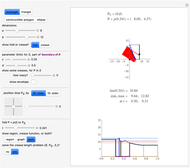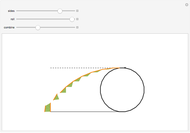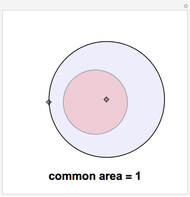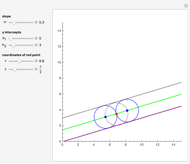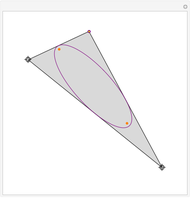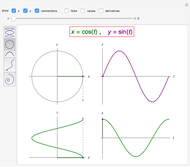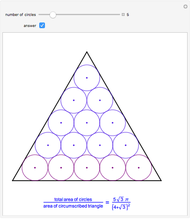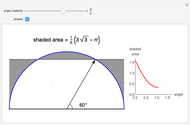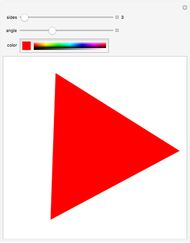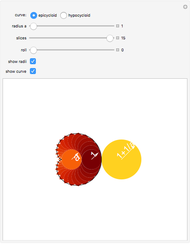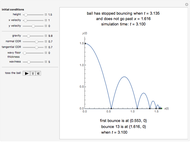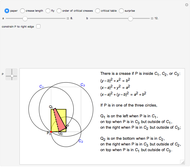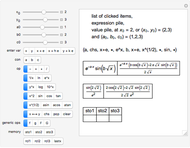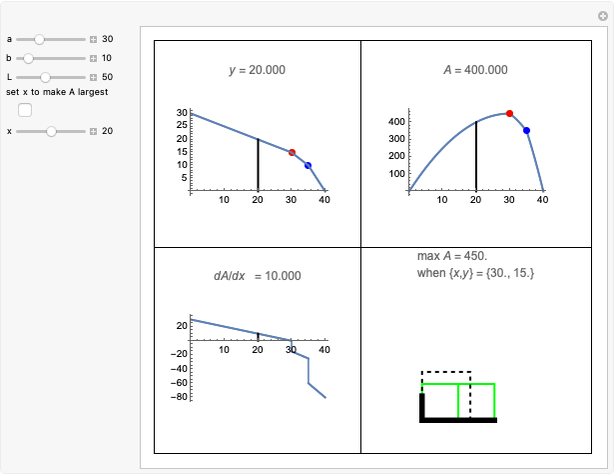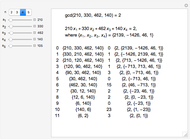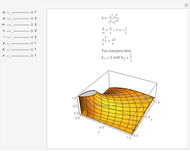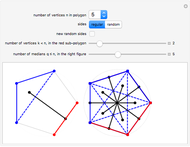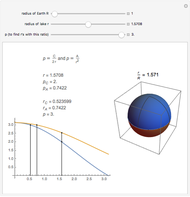Exploring the Crease Length Problem

Requires a Wolfram Notebook System
Interact on desktop, mobile and cloud with the free Wolfram Player or other Wolfram Language products.
The classic crease length problem: fold the lower-left corner of a sheet of paper  inches wide and
inches wide and  inches high, with
inches high, with  , to a point on the right edge, and crease. Which fold gives the shortest crease? The problem becomes interesting when you consider folds with "flaps", not just folds with creases that end on the left and bottom edges.
, to a point on the right edge, and crease. Which fold gives the shortest crease? The problem becomes interesting when you consider folds with "flaps", not just folds with creases that end on the left and bottom edges.
Contributed by: Roger B. Kirchner (May 2009)
Open content licensed under CC BY-NC-SA
Snapshots
Details
My step-grandson William Jons, studying for a UMTYMP (University of Minnesota Talented Youth Mathematics Program) exam, asked me about problem 65 in section 4.7 of Stewart. I am grateful to him for stirring my interest in using Mathematica to investigate the problem.
Stewart includes a figure with the crease ending on the left and bottom edges, and adds, "In other words, how would you choose  (the distance along the bottom from the left corner) to minimize
(the distance along the bottom from the left corner) to minimize  (the length of the crease)". The student is discouraged from considering folds with flaps. Gardner has a figure with a flap and the crease ending on the top and bottom edges, but his solution ignores this case. Luckily, he used 8×11 paper and not 8×10 or 8.5×11.
(the length of the crease)". The student is discouraged from considering folds with flaps. Gardner has a figure with a flap and the crease ending on the top and bottom edges, but his solution ignores this case. Luckily, he used 8×11 paper and not 8×10 or 8.5×11.
The Demonstration "Optimize the Length of the Crease of a Folded Piece of Paper" considers folds with creases that end on the two short sides, but not creases which end on the two long sides. This misses the opposite corner fold, which has the shortest crease for 8.5×11.75 paper.
After discovering what I thought were amazing things, including the connection with the golden ratio, I found Ellermeyer had already discovered most of the same things.
References
J. Stewart, Calculus: Early Transcendentals, 5th ed., Belmont, CA: Brooks/Cole, 2007.
M. Gardner, The 2nd Scientific American Book of Mathematical Puzzles and Diversions, New York: Simon and Schuster, 1961.
S. Ellermeyer, "A Closer Look at the Crease Length Problem," Mathematics Magazine, 81(2), 2008 pp. 138–145.
R. B. Kirchner, "The Crease Length Problem Revisited," Spring Meeting, MAA North Central Section, 25 April, 2009; CDF file for the presentation is here: https://dl.dropbox.com/u/17725131/CreaseLengthProblem/CreaseLengthProblemRevisitedPlayer.nbp
Permanent Citation
































































